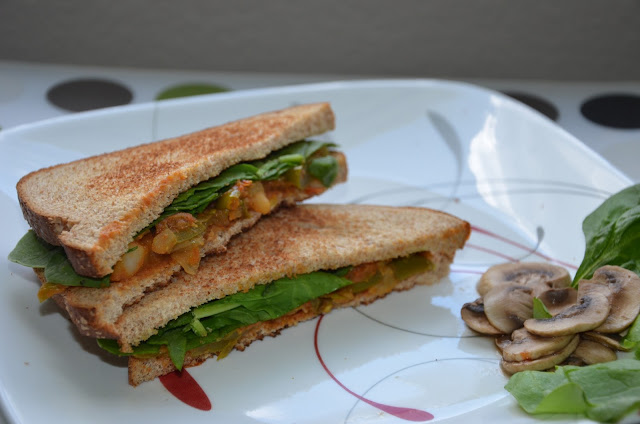Published in
Health India on 22nd May:
Healthy North Indian Food Choices When Dining Out
Dining out need not be taboo for health freaks or those who are on the proverbial diet. You don’t have to stop socializing or be stuck with a salad when the rest of the gang is polishing off the food like there is no tomorrow. With a little information, some smart choices and the determination to stick to portion sizes, you too can enjoy a healthy meal while dining out.
While every cuisine has its unhealthy quota of foods, there also are foods that can easily fit into the ‘healthy’ list. Regardless of which restaurant you choose, here are some general guidelines by dietician Sweta Uchil-Purohit to make healthy choices when ordering North Indian food.
Ask for water instead of juices, mocktails, aerated or alcoholic beverages. There’s no point in adding extra calories when you can drink nature’s zero-calorie drink – water.
Avoid fried foods, desserts and food made of refined flours: Pass on the pooris, bhaturas, pakodas, naans and roomali rotis and look for healthier options like whole wheat rotis or phulkas. Desserts are loaded with both sugar and fat and are best to be avoided.
Go for plain rice: Since most restaurants don’t serve brown or semi-polished rice, your only option is to ask for plain rice. This is definitely a better choice than biryanis or pulavs.
Ask for your food to be made without oil, butter, ghee and malai: Since most restaurants are now familiar with the health conscious crowd, they are more than willing to make changes to their dishes to keep their clientele happy. Be firm and put in your request while placing the order and hopefully your food will be cooked with less oil if not with ‘no oil’.
Always order a non-creamy soup and a salad (no dressing): This is an age-old trick used by weight watchers. Fill-up your stomach with non-creamy or thin soups and salads (without the mayonnaise dressing) and you won’t be able to eat much during the main course.
Choose items that are baked, grilled or steamed: These are healthy methods of cooking that don’t add extra calories to the dish. Tandooriitems, shashlik, grilled kebabs are all healthier choices than fried items.
Choose tomato based curries: These are lower in calories than themalai or cashew based curries. Rajma, chole and even fish or chicken cooked in tomato gravy is a better option.
Once you are familiar with these guidelines, you can easily pick out the healthy items from any menu. For those who love eating North Indian food, here’s a sample meal plan of what you can order:
Course
|
Veg
|
Non-veg
|
Beverage
|
Water
|
Water
|
Soup
|
Mixed vegetable soup
|
Tomato soup
|
Appetiser (optional)
|
Tandoori paneer/ Paneer Shashlik
|
Chicken tikka/ Tandoori chicken
|
Salad
|
Green Salad/ Raita
|
Green Salad/ Raita
|
Main
|
Roti /Phulka/ Plain rice
|
Roti/ chapati/Plain rice
|
Side
|
Chhole and Bharta
|
Methi chicken and gobi mattar
|
If you have to choose an appetiser/starter, pick something which is a protein based, non-fried item (like tandoori paneer/hara bhara chickenkebab or prawn shashlik) as protein tends to fill you up and will leave you with little space for the courses to follow. Eat slowly and try to relish every bite (mindful eating), stick to your portion size and if you feel that you are full even before the main course arrives, then ask for your portion to be parceled so that you can enjoy it in the next meal. If you do get tempted when the desserts are being served, then go ahead and take a spoonful from your friend’s plate. Cheers and happy dining!










